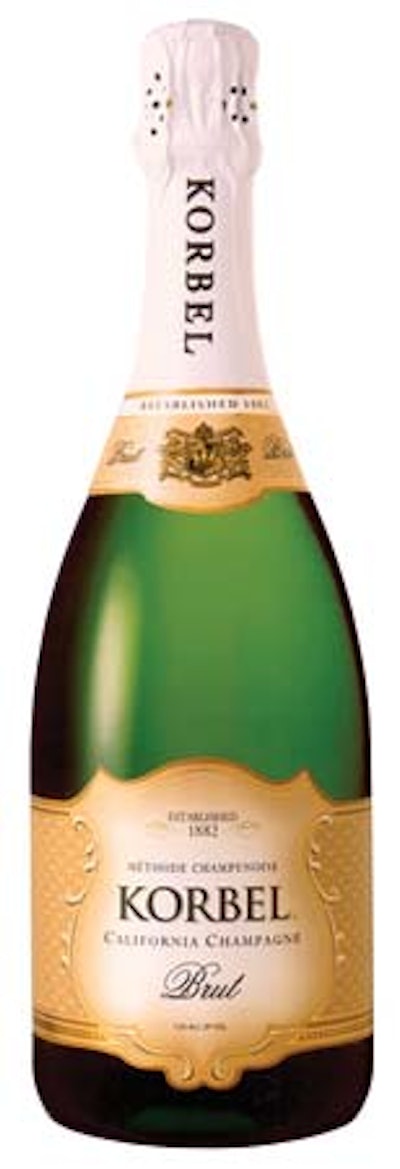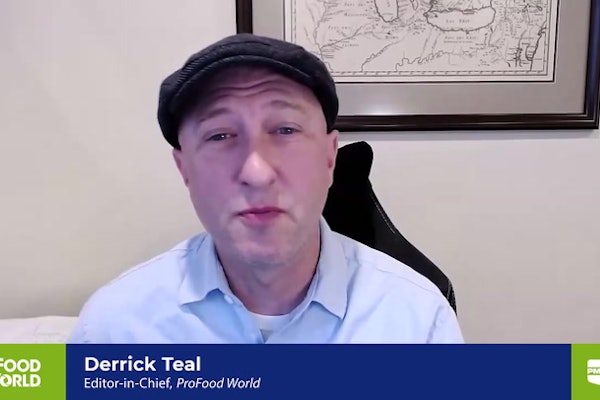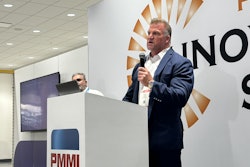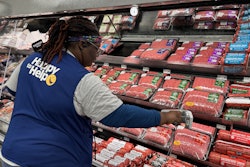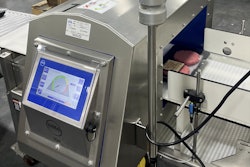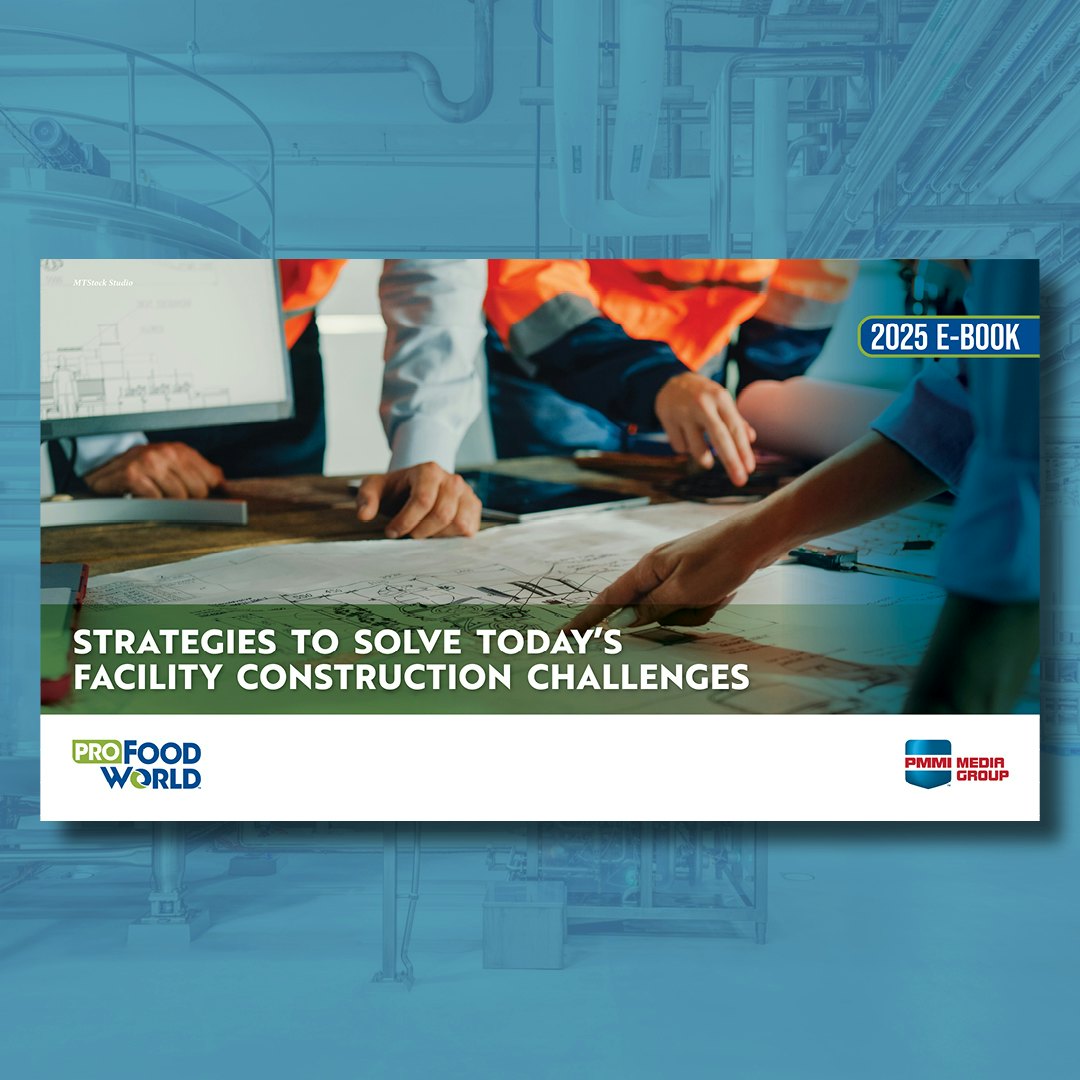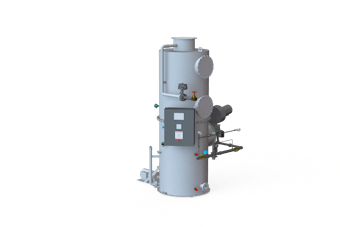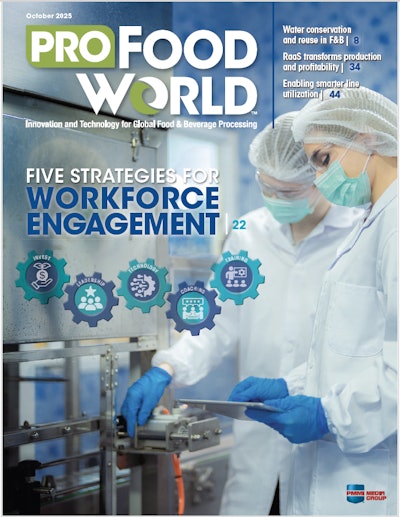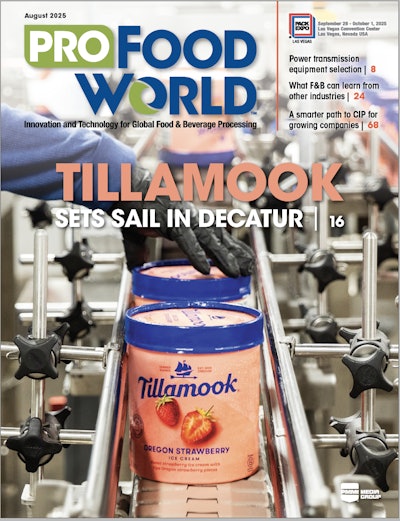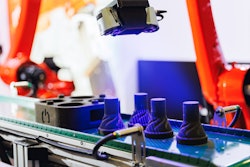But next round of negotiations on label copy could cause winemakers to experience a hangover.
Gary Heck, president and owner of Korbel Champagne Cellars, is out of the woods for the moment. His Guerneville, CA, winery doesn’t have to spend millions changing the labels on his champagnes to read something like “Kava.”
So, too, have other U.S. winemakers been given a reprieve, maybe only temporarily, to continue using 16 semi-generic wine names such as burgundy, chablis, champagne, and chianti on their bottle labels.
That was the big victory won by American vintners in the recent U.S.-European Union agreement on wine trade signed in March. In addition, that agreement, permanently, allows U.S. wines sold in Europe to abide by American standards for pure grape content when it comes to putting merlot, chardonnay, and other grape varieties on the labels of their wines.
However, the agreement was notable, too, for what it did not contain: a prohibition against European wines using a Napa appellation on their bottles. California has a state law preventing such wines from being sold within its borders. But sales in the other 49 states are allowed.
Bottle battle could be next
Nothing in the U.S.-EU agreement touched on packaging. But Jim Clawson, CEO of JBC International, a Washington, D.C. consulting group, says the next round of U.S.-EU negotiations, scheduled to begin this summer, could include a French assault on U.S. use of certain bottle types. This stems from a regulation the EU passed in 2002 which included a provision that prohibits non-EU members from using a list of traditional bottle types.
Clawson explains that these are bottles that U.S. vintners do not use. “But that was a camel’s nose under the tent,” he explains. The U.S. initially threatened to sue the EU over that bottle exclusion regulation, but eventually backed off. However, the U.S. is continuing to pursue its objections within the World Trade Organization (WTO).
Despite U.S. political pressure, the EU could expand its 2002 bottle exclusion list to other, more common bottle types, and perhaps even to mushroom-top stoppers used in champagne bottles, something the French have pushed for in the past. “If they said only wines made in the Champagne region of France can use mushroom stoppers, that would cause worldwide problems,” notes Clawson, who adds that France never trademarked those champagne stoppers.
Heck points out that Korbel’s corks are different from those used in France. “We use a 35-millimeter cork, they use a 30-millimeter version,” he explains. As for the potential French argument that the shape of the champagne bottle is uniquely French, Heck retorts that the punt in the bottom of the bottle is needed to neutralize the 100 lbs. of pressure per square inch inside the bottle. “Without that dimple, you would blow the bottom out of the bottle,” he states.
Semi-generic names may be next
The next set of U.S.-EU negotiations over wine will begin sometime this summer. Those talks may center on such issues as bottle shapes and characteristics, use of the Napa appellation by European wines, and European pressure to revisit the issue of U.S. vintners using the 16 semi-generic names.
In terms of the agreement signed in March, it allows American wines who currently use any of the 16 semi-generic names on their labels to continue to do so, but only for four years. Wines introduced into the market after March 10, 2006, cannot use those terms. Moreover, Congress must pass a law prohibiting new wines from being labeled as champagne, etc.
Clawson says there shouldn’t be a problem here. He represented the Wine Institute, which is an organization of California vintners, as well as Wine America, which represents the other 49 states, in an advisory role to the U.S. team negotiating with the Europeans.
But there may be some opposition to that legislation from wineries outside California. For example, Oregon’s wine industry opposes use of semi-generic names, period. Texas wineries, which have begun to multiply over the past few years, may also take a dim view of their inability to use names like champagne and bordeaux on their wines.
Regardless of whether that legislation passes or not, the EU will take a second crack at forcing U.S. wines to drop semi-generic names from their labels in the second round of negotiations. In other words, the Europeans will be out to force the grandfathered California wineries to cease and desist in their use of terms like champagne and bordeaux on their labels even though U.S. wines, under U.S. law, must modify the use of those 16 terms with a geographical appellation, such as California Champagne. The French already succeeded in forcing Spanish vintners to give up champagne and relabel their bottles as Kava, for example.
French ‘expressions’
A second labeling issue that was partially resolved has to do with so-called Traditional Expressions. These are terms such as chateau, classic, clos, cream, sur lie, and tawny. In French, chateau means “house;” clos means “end” or “enclosure,” as in the name of the California winery Clos du Bois, located in Sonoma County, which uses the tag line “All the French you need to know.” European trade representatives argued that a term like tawny is so closely associated with the making of port that only Portuguese winemakers should be allowed to use it.
Here, too, the agreement differentiates between existing and new U.S. wines. Not only can wines such as those produced by Chateau St. Jean in Kenwood, CA, continue to use chateau on their labels, but they can export those wines, too, according to Allison Simpson, a spokeswoman for Beringer, for whom Chateau St. Jean is a domestically-focused brand. But Simpson says that if a chef of a three-star restaurant in France asked for some Chateau St. Jean, it could now be sent to him.
However, new wines will not be able to use any of the Traditional Expressions. And again, the Europeans are expected to take another run at use of Traditional Expressions by existing U.S. wines in the next round of negotiations.
The varietal provision in the agreement is permanent. This relates back to that ticking time bomb of a 2002 EU regulation, which besides bottle types, set minimum percentages of pure grapes that a wine had to meet before it could be called merlot or chardonnay. The EU mandated that in order to put chardonnay or some other variety on a wine bottle label, the bottle had to contain 85% of that grape. And to put a particular year on the label, the bottle had to contain 85% of the grapes from that year.
In the U.S., federal regulations set those percentages at 75% and 95%, respectively. The agreement allows “85% pure grape” U.S. wines sold in Europe to carry merlot, etc., on their labels, and, in return, allows European wines with only 85% of their grapes from a given year to put a vintage on the label.
